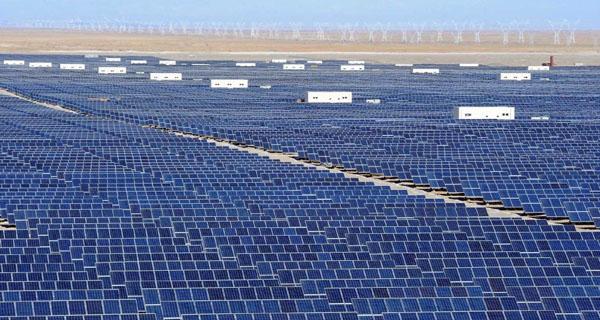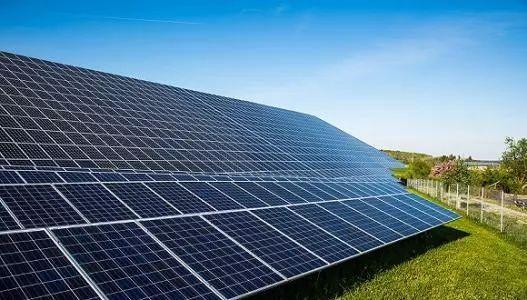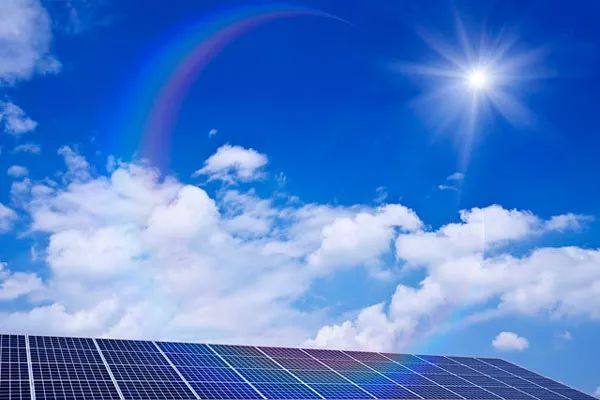With the entry of photovoltaics into China, we have witnessed its brutal development from entry-level to rapid-to-explosion. With the continuous reduction of government subsidies, the abandonment of light from centralized photovoltaic power stations in the western region has been repeatedly put on the screen, and even in the past two years, the problems of rising silicon material prices and insufficient chip supply have frequently appeared. Many people have begun to suspect that the development of photovoltaics has reached the ceiling, but is this really the case?
From a policy point of view, it is a commonplace topic of dual carbon. China is in the critical decade of energy transition. Vigorously developing clean energy and creating a beautiful ecological environment have become the goal of the entire China’s top-down joint efforts. The four small flowers in China’s clean energy: wind, light, water, and nuclear are also making contributions in their respective fields. This year, the National Development and Reform Commission, the National Energy Administration and other related institutions have repeatedly released content on key development of scenery construction. Therefore, even if subsidies are reduced, the wind direction of the policy is still positive for photovoltaics.

With technological changes, the cost of photovoltaic production has continued to decline, and the increase in power generation efficiency has continued to reduce the cost of photovoltaic power generation. Institutional studies indicate that the cost of photovoltaic power generation is expected to drop by 15%-25% in the next 10 years. The reduction of photovoltaic costs will also accelerate the arrival of parity on the Internet, realize the marketization of the industry, and reduce the fluctuation of market capital, which will not produce a market ceiling that is reached by touch.
From the perspective of technology and application fields, abandoning light makes the development of energy storage technology an urgent development direction, and energy storage systems can solve the problem of power supply imbalance in photovoltaic power generation, and solve voltage pulses, inrush currents, voltage drops, and instantaneous power supply interruptions. Dynamic power quality issues enable the power supply to operate normally. LONGi President Li Zhenguo also said that “photovoltaic + energy storage” is the ultimate energy solution for the future of mankind. According to data, the global electricity consumption in 2020 is about 30 trillion kWh, and it is expected to reach 50 trillion kWh in 10 years, while photovoltaic + energy storage accounted for 30% of the global power market, about 15 trillion kWh. The numbers should not be underestimated.

With the large-scale deployment of photovoltaics, another new strategy has emerged, which is photovoltaic hydrogen production. Hydrogen is currently the cleanest energy source, and its combustion performance, thermal conductivity, and heat generation performance are good. During the reaction process, water and a small amount of ammonia are generated, and hydrogen is decomposed under certain conditions, which can truly achieve sustainable development of recycling. And it can be used in fuel cell and transportation fields, and it will also shine in petrochemical, steelmaking and other fields in the future.
In addition to applications in energy storage and hydrogen production, the country has recently shifted the focus of photovoltaic layout to distributed photovoltaics. Because in the future, more photovoltaic applications will fall to cities, such as electric vehicle charging stations. It is estimated that in 2030, there will be 90 million electric vehicles in the world, and the production of fuel vehicles will gradually be controlled. Then the electric vehicle charging pile will inevitably encounter the problem of high load, and the integration of optical storage and storage is the best way to solve this problem. Another example is various outdoor intelligent power supply systems, such as traffic lights, street lights, and even road cleaning robots. The blessing of photovoltaics can provide stable energy supply and truly help China build smart cities. In addition, the term BIPV (Building Integration of Photovoltaics) has not been unfamiliar in the past two years. It has always been the focus of joint research in the photovoltaic and construction industries. In the long run, it will also be an important area of distributed photovoltaic applications.
Therefore, whether it is from the policy level, cost level, technical level or application field, the development prospects of photovoltaics are still very good. Its “ceiling” is currently invisible, especially distributed photovoltaics.




 2021-05-29
2021-05-29

















